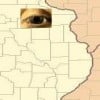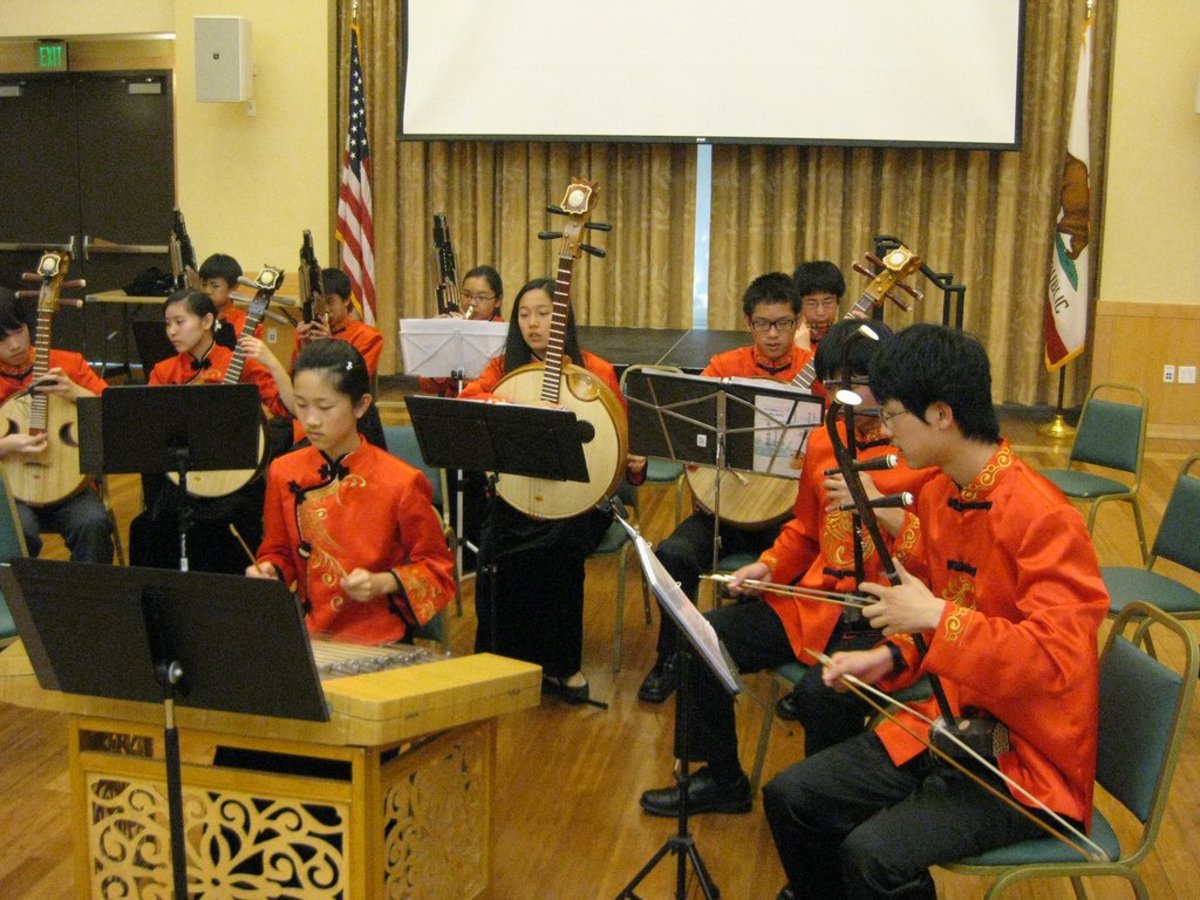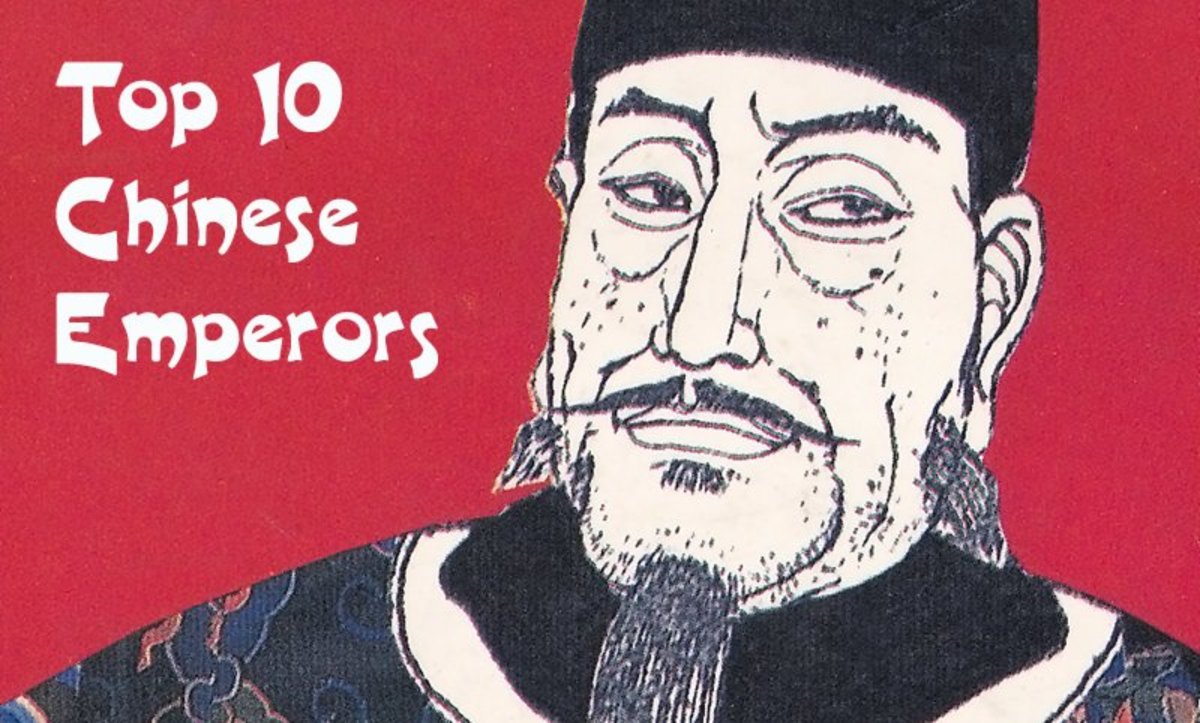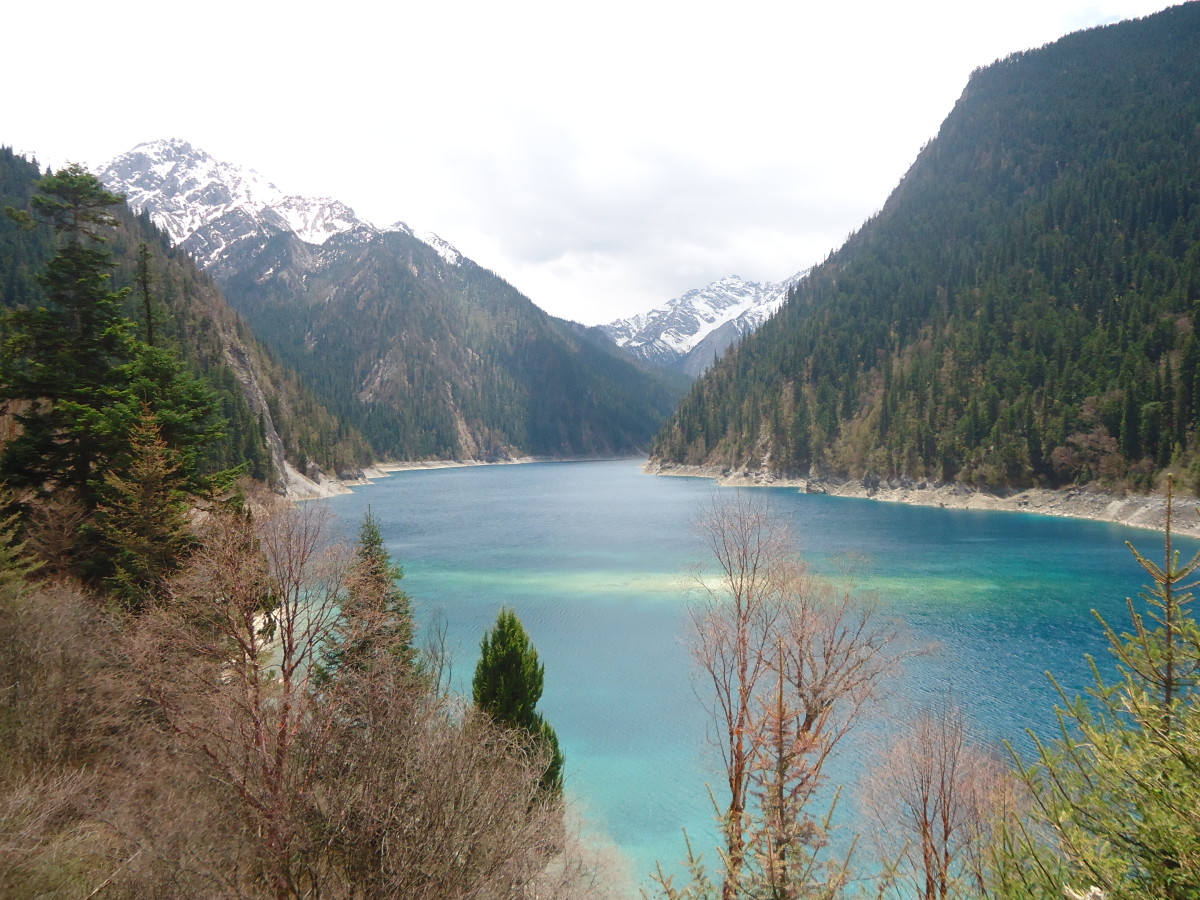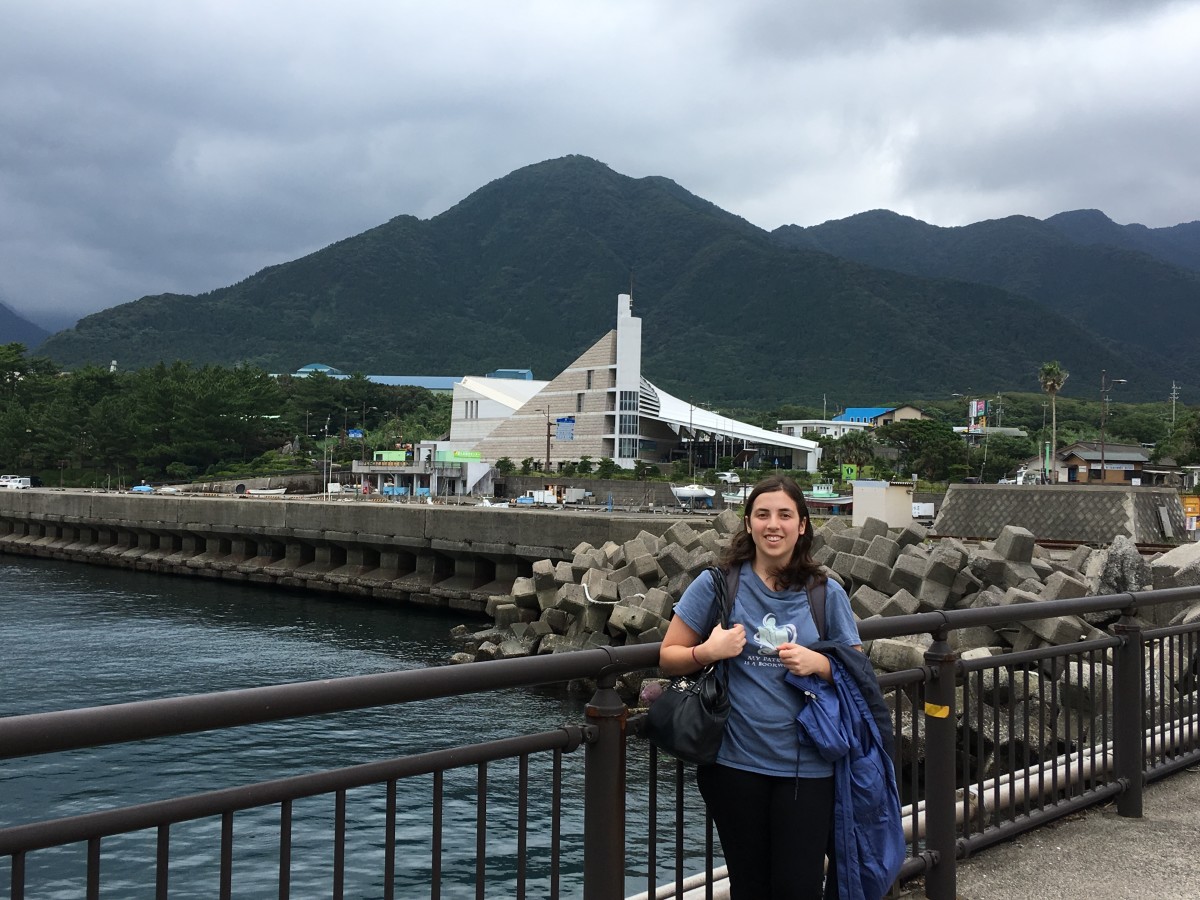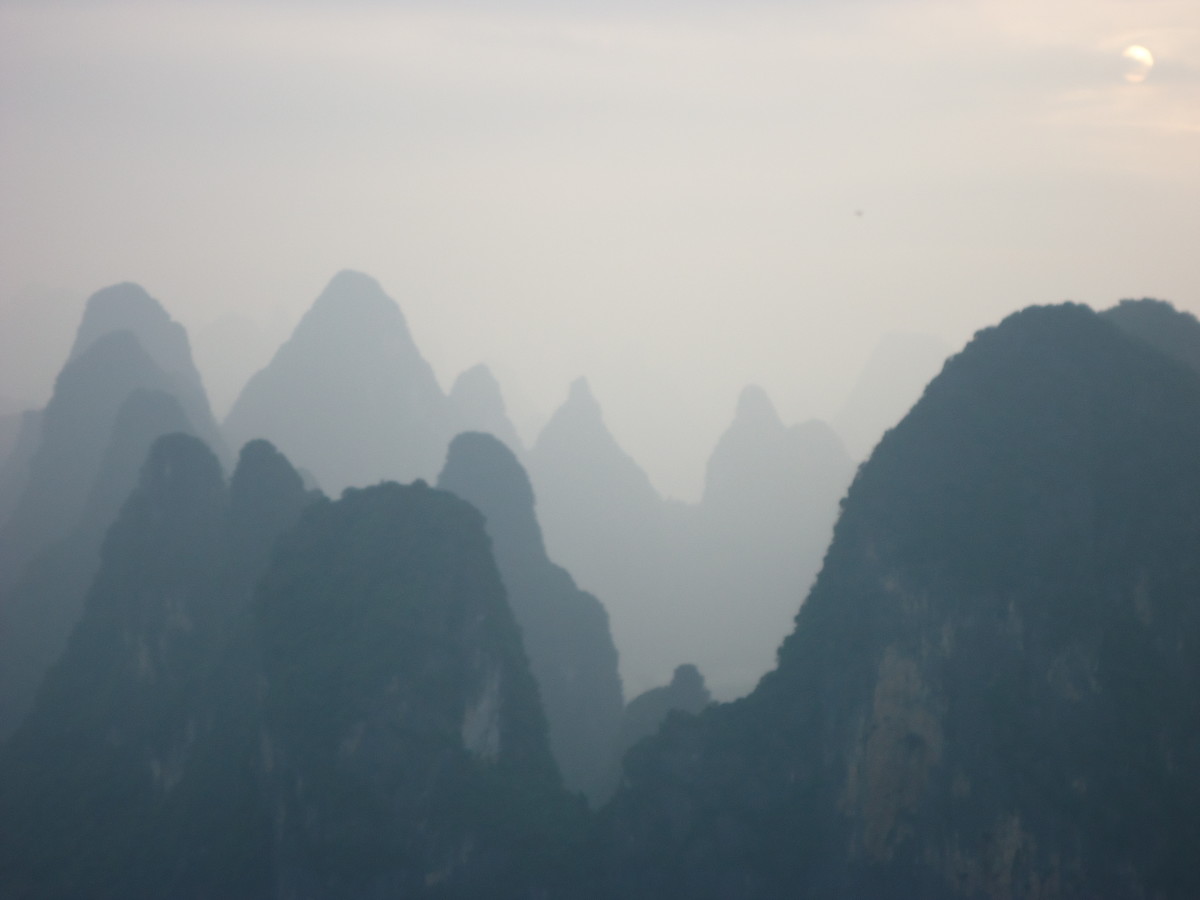Travel - China Quartet (Provinces) 5
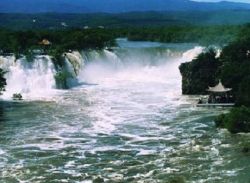
Four in the far Northeast
Heilongjiang, so far northeast that it is practically in Russia.
Jilin, the unknown.
Liaoning, the unknown
Inner Mongolia (Nei Mongol) has appeared in this series before, but bears repeating.
These four make an interesting group because although they are adjacent to each other in one corner of China, they all have affinities beyond their borders that make for interesting histories.
This series seeks to whet the appetite for travel to China, not substitute for a full-fledge guidebook. So let's press forward.
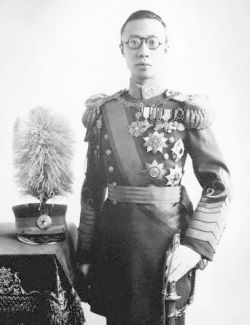
Heilongjiang
Not well-touristed, but those who go and know what they want find lots of interest.
Heilongjiang: Remote and cold and northern and mountainous -- particularly, remote. And the source of trouble. That is pretty much how the Han Chinese civilization that arose along the Yellow River thought about the area that is now Heilongjiang.
The trouble came from the barbaric tribes inhabiting the area and invading China when they were not fighting among themselves. Tribes such as the Xianbei, the Mohe, and the Khitan. The Jurchens in particular were successful in conquering territory, establishing their own Jin Dynasty (1115-1234) and ruling much of northern China. The Jurchens were eventually swept away by barbarians from the West, the Mongols, but the Ming who succeeded in finally ousting the Mongols were themselves swept away by the Manchu, yet another northern tribe.
And the Manchu conquered all of China, even distant Yunnan, establishing China's final dynasty, the Qing, which lasted for nearly three centuries.
Even into the 19th century, the area meant trouble, now for the Qing. In the middle of that century, the Amur River was settled on as a border with the Empire of Russia, which had asserted authority in the area above that river. This gave up China's access to the Sea of Japan, but it brought some stability -- and Han moved here in large numbers.
As the result of its victory over Russia in 1905, Japan took an interest in the area, which it expanded when the empires of both Russia and China fell. At the Versailles Conference, however, the European powers told Japan to go stand in a corner, which it did until about 1925.
After that it began to work in the area through the warlord Zhang Zoulin (father of "The Young Marshall"). He proved a bit too independent, however, so the Japanese military assassinated him, and from that point on there was no stopping them. The area became the central part of the puppet state Japan set up, Manchukuo. Eventually Japan installed Puyi, better known as The Last Emperor.Japan was in pursuit of the province's great timber resources and its coal and petroleum, and to some extent the area's suitability for horses and cattle, rather than to the Siberian Tiger and the Lynx which roam.
When at the eleventh hour Stalin joined the war against Japan, his troops conquered the area and placed it in the hands of Mao, where it has stayed.
Touristically, the major sites are the provincial capital, Harbin, and its Ice and Snow World festival and the ice palaces and sculptures created for it. In 1719 and 1721 volcanic eruptions along a tributary of the Amur created five interconnected lakes.
And Jingbo lake has the lovely Diaoshuilou Falls.
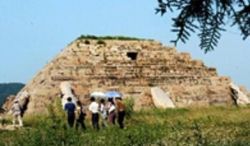
Jilin Province
Unknown, but of interest:
In ancient times the province formed a part of the Goguryeo kingdom (one of the Three Kingdoms of Korea). The kingdom of Balhae was established in the area from 698 to 926 AD. The region then fell successively under the domination of these dynasties: Khitan Liao; Jurchen Jin; Mongol. Centuries later, during the Qing dynasty, much of the area fell under the General of Jilin, who controlled also what is today Russia's maritime province, Primorsky Krai.
During this latter period immigration of Han Chinese was severely restricted. In 1860, however, the Qing worked out a deal with Russia, a border-settlement whereby the Primorsky Krai part of the area was ceded to the Tsar. Jilin was then open to Han settlers, most of whom came from Shandong, and they quickly became the dominant group. Then came the Japanese. In 1932, the area was incorporated into Manchukuo, a puppet state set up by Japan in NE China. Russia again, this time is the form of the USSR, again asserted itself after 1945, and basically gave the area to Mao, who used it as an important base during the civil war.
The province has gone through several changes in configuration and extent since 1949, but today Jilin borders North Korea and Russia to the east, Heilongjiang to the north, Liaoning to the south, and Inner Mongolia to the west. The capital today is Changchun, which has 7 million of the province's 27 million people.
The Goguryeo sites in Jilin (principally Wandu, Gungnae Fortress, and the pyramid which is the Tomb of King Gwanggaeto or his son King Jangsu have been designated a UNESCO World Heritage Site.
Longtou Mountain in Yanbian Korean Autonomous Prefecture has the royal tombs of the Balhae kingdom (another of the Three Kingdoms of Korea, the third being Silla), including the Mausoleum of Princess Zhenxiao. Baekdu Mountain, especially Heavenly Lake on the border with North Korea, is a beautiful and popular destination for tourists.
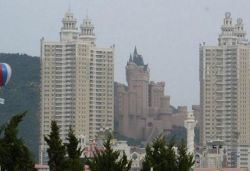
Liaoning Province
Unknown, but not so unknown as its neighbors to the north. In fact, Dalian is an exception, being a place many know because of its history.
Jilin is part of Dongbei (Northeast China), which also includes Heilongjiang and Jilin provinces. The eastern boundary is the Yalu River, and beyond that is North Korea.
First battled over by forces from its south wishing to incorporate it into a unified empire, the province later took on the role of outlying area between Beijing and the northern tribes looking to take over that unified empire.
The most successful of these tribes, the Manchus, set up their capital in Liaoning's capital, Shenyang (which they called Mukden), for a while before moving on to capture the bigger prize, Beijing. The Manchus then in 1644 established the Qing dynasty, the last dynasty. Mukden palace is on a modest scale compared to the Forbidden City but worth seeing, as are three Qing imperial tombs.
The historic connection with Korea's Goguryeo (Koguryo) empire offers interesting places such as Wunu (Five Women) Mountain City in Huanren Manchu Autonomous County. Dandong is frequently visited just to get a look at North Korea. The Liaodong Peninsula juts out into the Bohai Sea, and is where Dalian (which has an aquarium designed like a castle) and Lushun (Port Arthur) are located.
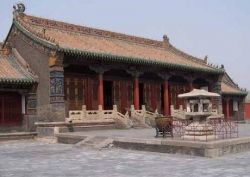
Mukden.
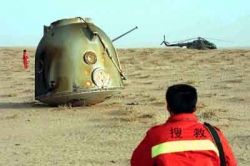
Inner Mongolia
Since this province is so large and since it stretches horizontally so far, it can be grouped with more than one set of other provinces. Here its Northeast character is emphasized, and it is grouped with provinces like Heilongjiang, which (of course) it borders.
As previously noted: it lies sort of like a cape draped over the shoulders of the Chinese dragon. As such it borders eight other provinces and is but a bow's shot from several others, including Beijing. It has 12% of China's land area, but only 24 million people. Hulun Buir, its northernmost district, is actually bigger than many Chinese provinces -- and 42 US states. This is what's meant by "wide open spaces".
Vast spaces, wide open ones in particular, can be ridden and trod over with some ease, and the province has a very long and complicated history of contending forces doing just that, though a major force, particularly in recent times, has been farmers from China Proper, who dug in. The majority of the inhabitants used to be Mongols of various affiliations, and this is officially a Mongol autonomous region, but the 80% majority now are Han Chinese. 80%! The Great Wall, which roughly follows the southern border, was built to keep the Mongols out (unsuccessfully), and not built to keep the Han in.
Hohhot, the capital, was founded with a monastery built starting in the early 1500s. Touristically, almost everything of interest is in Hohhot. The Bashang Grasslands, however, are close to Beijing and give a sense of the wide open spaces to the urban dweller. The whereabouts of the remains of Jenghiz Khan are famously unknown, but in the mid-fifties a cenotaph-mausoleum to him was built near the city of Ordos, to the west of Hohhot.
The Gobi desert is, in part, in Inner Mongolia. The Jiuquan Satellite Launch Center was there built in 1958, making it China's first. More Chinese launches have occurred at Jiuquan than anywhere else. It's remote and generally closed to foreigners. Jiuquan, the nearest urban area, is actually in neigboring Gansu province.
Part of a series
Pictures, pictures, pictures
Series within series, actually. Food & Cooking, for example, then -- within that -- series on vegetables, fruits, seafood, meat, etc. Books, too. Ideas, too. Travel, too. Click on "featured lenses" at the top of the right-hand column, under my profile, for the complete list. Key virtues:. pictures, clear step-by-step text. Delicious -- whether foods or ideas! All items in all of the series can be found, organized by floor, at Lee White's Department Store. Happy shopping! -- everything is for free!
